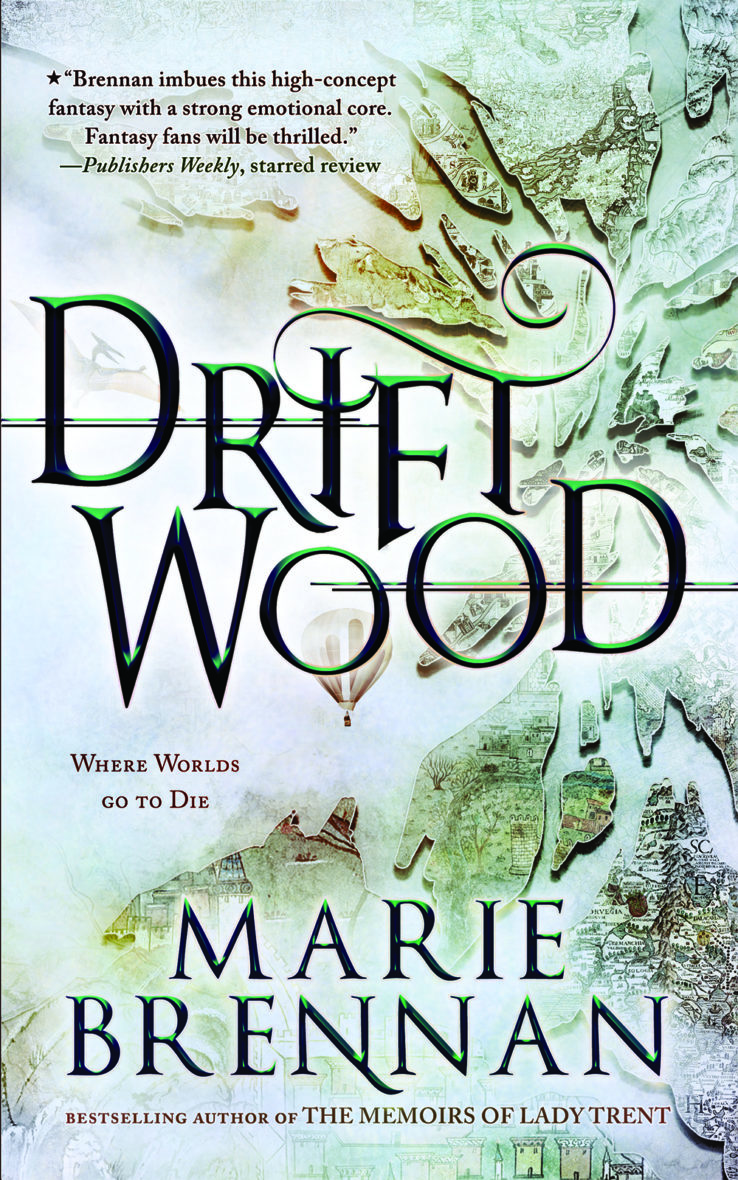Marie Brennan’s fascinating DRIFTWOOD is the kind of story we really need right now

UNIVERSITY CITY PUBLIC LIBRARY BOOK CHALLENGE praises DRIFTWOOD by Marie Brennan.
This is a fascinating little book, with plenty to mull over after the final pages are done. And about those final pages… I’m not going to spoil this book by saying that they’re odd. In fact, I’d love it if someone would read this book simply so I can talk about this ending! It’s not my favorite book this year, but it’s definitely thought-provoking and creative, so it gets a thumbs up from me.
THE BORROWED BOOKSHELF concurs.
I do recommend it if you’re looking for something original. It’s also an incredibly hopeful read, about people forming relationships and community in the face of destruction of their worlds and the arrival of the end. And with the state of the world right now, that’s the kind of story we really need right now.
Karen McCoy, on their eponymous blog, interviews Brennan about DRIFTWOOD.
I know what you mean about awkward gaps between YA and adult markets. Speaking of the “in-between”, I love how DRIFTWOOD explores what happens when fragments of different worlds collide. How did this idea come to you, and in what ways do you feel it might be relevant to readers, especially in 2020?
I honestly can’t remember where this one came from! It began with the short story “Driftwood” (which is the opening section of the novel), and I know the idea began with the setting — but what caused me to come up with the idea of this conglomerate place, all about entropy and liminality, I couldn’t tell you.
As for relevance, oof. I would have been happy for it to be less topical, y’know? But the Publishers’ Weekly review calls it “hope in the face of apocalypse,” and I suppose we need some of that right now. All of the stories that make up the book are about things ending, about how individuals and groups respond to the awareness that their worlds are dying and taking them and their traditions with them . . . which makes it sound really grim, but the beauty (ideally) is in seeing how they still find happiness and hope, how they find ways to move forward despite everything. And the frame story that holds the individual narratives together is all about community.
